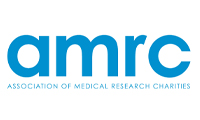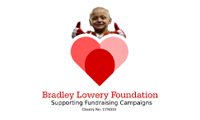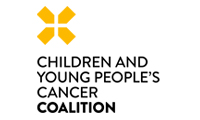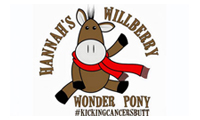Home » Our Research » Research Strategy

Our aim is to fund the most promising new research ideas. Childhood cancer research is desperately underfunded and so there can be many research projects competing for funding. That’s why it’s essential to ensure we invest our supporter’s money into the most promising areas.
We achieve this through:
Although research to date has improved the outlook for children with cancer, there is still so much to do. We want to see improved prognosis and reduce life-limiting side effects in young bodies that are still growing and developing.
To help achieve this we have robust governance in place to select the best projects and to monitor and measure their success effectively. We don’t want a penny of our supporter’s money to go to waste.

Our independent Scientific Advisory Board reviews all research applications and makes recommendations as to which projects should receive funding.
Researchers we fund mist provide two thorough progress reports per year. Our Scientific Advisory Board assess these reports to ensure the project is on track and meeting its proposed objectives. They also give advice and guidance to researchers during the project as and when required.
At the end of a project, the researcher provides a full written report, which mist also detail what applications have been made to secure further funding. We aim for all research projects to be published in relevant medical journals to enable the findings to be shared with the wider childhood cancer research community.
As part of our governance procedures, we have several policies in place which guide the way we work and operate.
We support the principle of using animals in research, when it is necessary, to advance understanding of health and disease and to develop new treatments. This research only takes place where there is no alternative available. Friends of Rosie supports the Association of Medical Research Charities’ position on the use of animals in research as outlined in this statement.
We are 100% committed to funding new and innovative research to improve the treatment, diagnosis and prognosis of childhood cancer.







Katrina has specialised in the field of occupational personal injury for over 35 years and has worked exclusively for the victims of asbestos related diseases for the last 20 years. Katrina is an APIL Accredited Occupational Disease and Asbestos Disease Specialist and Senior Litigator and has Law Society Personal Injury Accreditation.

Carla has over 20 years’ experience specialising in strategic communications, engagement and marketing across the public and private sector, including the BBC, Manchester Metropolitan University and Muse Developments. She is currently Executive Director of Corporate Affairs and Marketing for The Growth Company, an award-winning social enterprise that enables growth, creates jobs and improves lives.